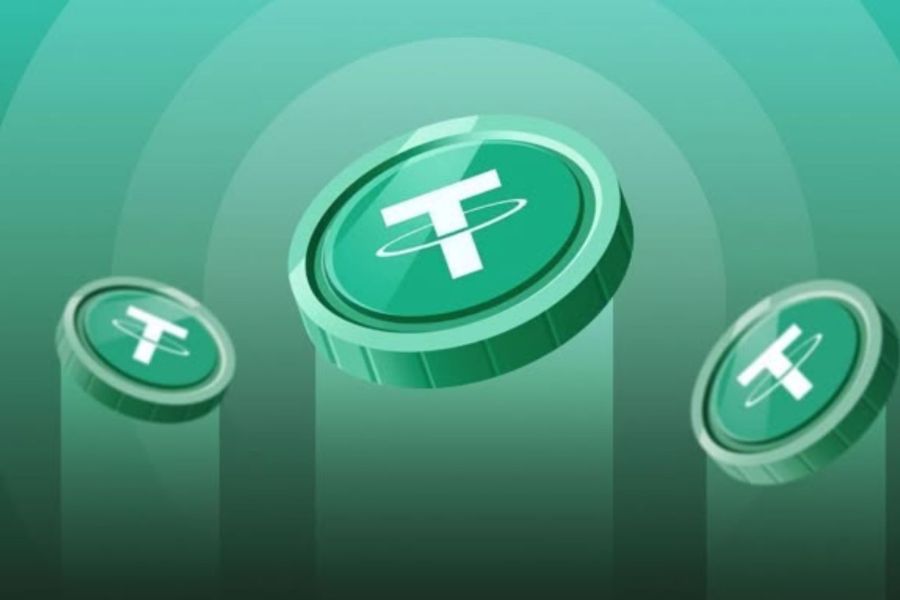Tokenization is redefining how we understand ownership, investment, and value transfer.
What if you could own a fraction of a building in New York, a Banksy artwork, or even a barrel of oil—without physically possessing it?
That’s exactly what the tokenization of physical assets allows: turning real-world goods into secure, transferable, and programmable digital representations on a blockchain.
In this article, we explain how this process works, what types of assets can be tokenized, the benefits and challenges, and how this phenomenon is transforming sectors such as real estate, art, commodities, and more.
What is Asset Tokenization?
Tokenization is the process of representing a real-world asset as a digital token on a blockchain. This token can reflect full or partial ownership of the asset or represent rights over it (such as future income, access, usage, etc.).
Simple Example:
An apartment valued at $1 million can be divided into 1,000 tokens, each representing 0.1% ownership. Investors can buy, sell, or trade those tokens without needing to buy the entire apartment.
What Physical Assets Can Be Tokenized?
Almost any real-world asset with value can be represented on the blockchain:
| Category | Common Examples |
| Real Estate | Houses, buildings, offices, land |
| Art & Collectibles | Paintings, sculptures, luxury watches, classic cars |
| Commodities | Gold, silver, oil, coffee, water |
| Agricultural Assets | Crops, livestock, farmland |
| Financial Instruments | Bonds, stocks, private investment contracts |
| Luxury Goods | Jewelry, wine, diamonds, high-end fashion |
How Does the Tokenization Process Work?
The process may vary depending on the asset and jurisdiction but typically includes:
- Asset Identification & Valuation
The asset must be clearly defined and objectively valued (e.g., appraisals, experts). - Legal Entity & Ownership Structure
A company (e.g., an LLC) is often created to hold the asset. Tokens represent ownership in that entity, not the asset directly. - Digitalization via Smart Contracts
Tokens are issued through smart contracts on blockchains like Ethereum, Polygon, or Solana. These define terms such as fractioning, transfer rules, and benefits. - Custody & Legal Compliance
The physical asset must be safeguarded by a trusted entity, and the project must comply with local regulations (e.g., KYC, AML, securities laws). - Token Distribution & Trading
Tokens can be sold on specialized platforms (e.g., tZERO, RealT, Securitize) or directly peer-to-peer, enhancing liquidity and global access.
Advantages of Tokenizing Physical Assets
Fractional Ownership & Democratized Access
Allows anyone to invest in previously inaccessible assets. You can buy 1/100 of a building or artwork for $100.
Liquidity
Tokens can be traded 24/7 on secondary markets, reducing the friction typical of illiquid assets like real estate or art.
Transparency & Traceability
Blockchain ensures all operations are immutably and verifiably recorded in real time.
Automation with Smart Contracts
Income distribution, voting, rewards, and other functions can be automated.
Lower Costs & Faster Processes
Eliminates middlemen (e.g., notaries, brokers), cutting fees and speeding up transactions.
Real-World Use Cases
Real Estate – RealT
A platform enabling investment in tokenized U.S. properties via ERC-20 tokens. Users receive rental income automatically in stablecoins.
Art – Maecenas
Tokenizes high-value artworks, allowing collective investment and partial exposure.
Commodities – Digix
Each DGX token represents one gram of gold stored in audited vaults.
Wine – WiV Technology
Tokenizes premium wine bottles or lots, ensuring authenticity, traceability, and controlled storage.
Tokenization Challenges and Risks
Complex Regulatory Framework
Regulation is still evolving. Many tokens may be classified as securities, requiring licenses and compliance.
Taxation & Auditing
Determining the tax treatment of tokens can be complex. Investors must trust that the physical asset truly exists and is safeguarded.
Oracles & Real-World Validation
Blockchains can’t “see” the physical world. Oracles or trusted intermediaries are needed to verify changes (e.g., damage, relocation, sales).
Digital Security
While the physical asset may be secure, tokens can be stolen if a user loses control of their wallet.
Which Blockchains & Technologies Are Used?
Most-used platforms for asset tokenization:
- Ethereum (ERC-20, ERC-721, ERC-1400) – strong support and DeFi ecosystem
- Polygon – scalability and low fees
- Avalanche & Solana – high performance, tokenization tools
- Algorand & Tezos – focus on compliance, sustainability, and automation
Also emerging are standards like ERC-3643 (for regulated assets) and tools like Chainlink (oracles) and Fireblocks (institutional custody).
The Future of Tokenization: A New Digital Economy?
Tokenization has the potential to transform how we invest, access opportunities, and manage assets.
Banks like JPMorgan, BlackRock, and Citi have already piloted tokenized bonds, stocks, and gold.
Governments are exploring tokenized public goods.
In the future, we might see:
- Tokenized mortgages
- Fractionalized copyrights
- Utility tokens with access, discounts, or governance rights
- Circular economies powered by tokenized assets (e.g., solar energy)
Tokenizing physical assets is a powerful convergence of the physical and digital worlds.
It allows us to rethink ownership, open access to global investments, and redesign traditional markets with efficiency, transparency, and automation.
This is not science fiction—it’s already happening. But, like all innovation, it comes with regulatory, technological, and educational challenges that must be addressed.





